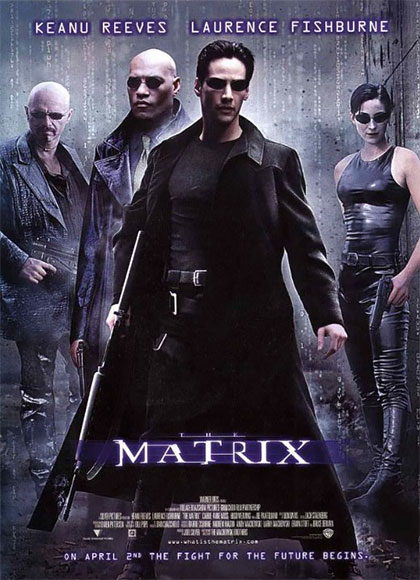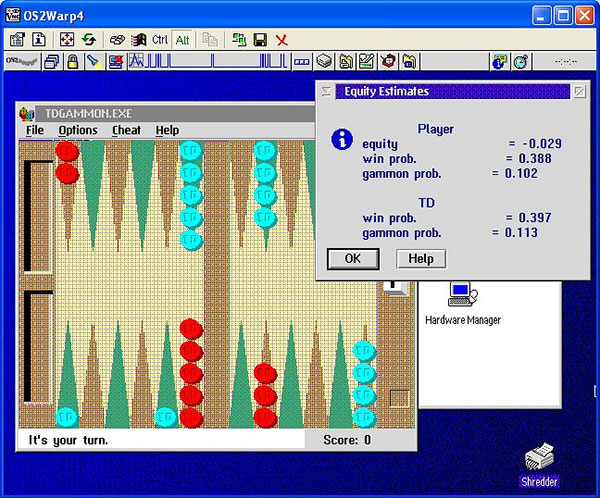


By Dr. Ofer Shamai
I found myself agreeing with every word of Albert Silver’s interesting article, “Machine creativity: What it is, and what it isn’t” (Aug. 28, 2016). As my PhD thesis addressed exactly these issues, and as I’m working on a chess A.I. project that elevates computer abilities to a realm not conquered before by machines (surprise! Coming in the next few months), I would like to elaborate on the subject.
The idea that machines can be creative is indeed a strange one. To understand why it is suggested, we need to go back to the 19th century, when the scientific community lost faith in humans’ ability to be objective. The reasons for this shift are interesting yet complicated. What is important for us is that new scientific methods were invented in order to circumvent our reliance on the human expert, including using mechanical machinery instead of humans (for example, the camera), statistical methods, and adopting the methodological principle of repeatability.
The topic of AI has fascinated for the longest time, with tales of hope, such as HAL's redeeming self-sacrifice at the end of "2010", the sequel to Stanley Kubrick's "2001: A Space Odyssey"...

... to apocalyptic tales such as "The Matrix".
This revolution was led by mathematics and logic. A new logic was invented that described publicly observable information and was not dependent upon human understanding. Mathematics, and geometry in particular, ceased to depend upon human intuition. This new logic was supposed to replace human inference with strict, publicly observed mechanical rules.
Yet what exactly are mechanical rules? Turing’s model (named the Turing machine) was an ingenious answer to this query, which led to the creation of modern computers as per its principles, as well as providing a precise philosophical analysis: “Mechanical” is what can be described by a Turing machine.
One could not imagine Einstein’s general relativity without the work of mathematicians (such as Riemann) who separated geometry from our inner visual perspective and enabled our understanding physical space in differing – i.e., non-Euclidean – geometry. However, like many other great ideas, it has both strengths and drawbacks. Current Western culture tends to use strict formal rules even in places where a professional can improve upon these rules (medicine is a good example of this malicious methodology, which overestimates the importance of general statistical methods and neglects physicians’ diagnostic experience). In general, we’d rather force ourselves to obey standard, low-quality yet exact rules, and end up sacrificing ingenuity and creativity thereto.

The first major success of machine learning in a game was TD-Gammon, a program developed in 1992 by IBM researcher Gerald Tesauro. At a time when the best backgammon programs were rank beginners, Tesauro created a neural net that had the program learning by itself and self-correcting its evaluations. After 1.5 million games played against itself, it had reached a level of a strong master. All top backgammon programs that followed built upon this concept. The current best is eXtreme Gammon, superior in skill to even the best humans.
How is all this related to chess? Well, creativity is the ability to change your own previous way of thinking. We appreciate a creative chess player for finding new ideas and moves not previously thought of for a given position. In contrast, machines in general, and chess engines in particular, cannot be creative: Machines represent our modern paragon of objectivity, as they cannot deviate from their pre-assigned rules or actions. Therein lies the soul of the scientific revolution of the 19th century.
Chess engines appear to play creative moves because, in contrast to humans, they have no concepts that they apply: They calculate following restricted rules, finding moves that from a human perspective are very creative. Yet this is so not because the machines are creative in and of themselves: We humans, who cannot calculate like a machine, rely heavily on our prior knowledge, trying to apply it to new situations that we tackle on the chessboard.
Our ability to find new ways of implementing this knowledge or adapting ourselves to situations to which previous known rules do not apply, is the reason we ascribe creativeness to the seemingly creative machine moves. None of this is relevant to the description of machines’ work, as they simply obey the rules without deviation. We became so fascinated with machines’ abilities to calculate that we began believing that we humans are ourselves a kind of machine. This is a historic irony, as computers were invented in order to remedy the human “flaw” of being creative, and thus the ability to be non-normative.
I lack a proper word to describe how computers “think”; I would like to call them stupid, but we cannot call something that has no intelligence at all stupid: They are machines and as such they do not think, rather, they calculate as per pre-assigned rules. Artificial intelligence is thus not real; rather, we find sophisticated ways to use calculators for intelligent tasks. Yet these programs do not imitate the creative way humans tackle these problems.
In this sense, A.I., with its focus on results, does not help us to understand better how humans think, as it is too pragmatic to bear the required philosophical work. I hope to show the chess community what can be done when we dismantle previous paradigms and create programs that try more assiduously to follow human reasoning.
 |
About the author Ofer holds a Ph.D. in History and Philosophy of Science, a Masters in History and a B.Sc. in Mathematics and Physics. He also did a Post-Doctoral in Computer Science. In his youth, Ofer played chess, winning the national under 18 teams championship. Ofer is a co-founder at DecodeChess.com which set to revolutionize computerized chess by providing automated explanations. |